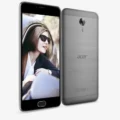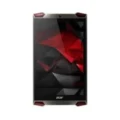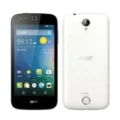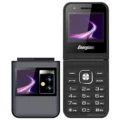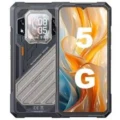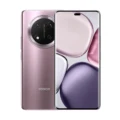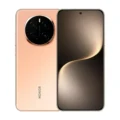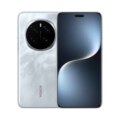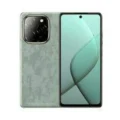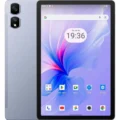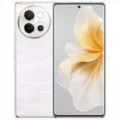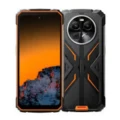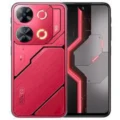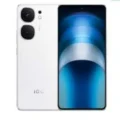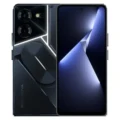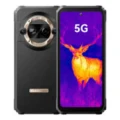Acer Liquid X2
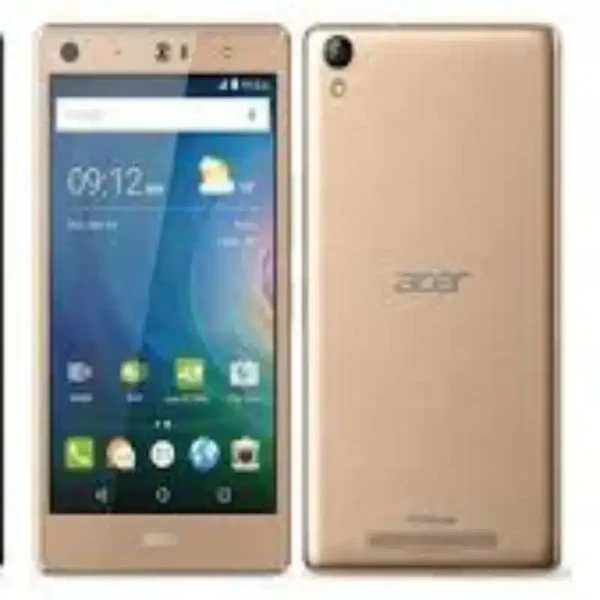

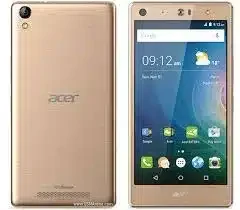
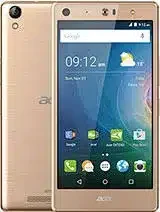
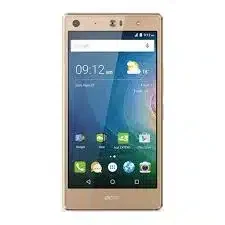
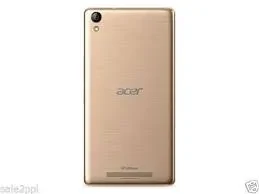
- : 3GB RAM MT6753
- : 5.5" 720x1280 pixels
- : 4020mAh
- : 13MP 1080p
The Acer Liquid X2 is a versatile smartphone that defies convention with its triple-SIM capability. Released in February 2016, this device offers a blend of functionality, performance, and practicality. Let’s dive into the details:
Design and Display
With dimensions of 153.3 x 78.8 x 8.5 mm and a weight of 166 g, the Liquid X2 strikes a balance between portability and screen real estate. The 5.5-inch IPS LCD display boasts a resolution of 720 x 1280 pixels, providing vibrant colors and decent clarity. Whether you’re browsing, streaming, or gaming, the Liquid X2 delivers a satisfactory visual experience.
Performance and Power
Under the hood, the Liquid X2 houses the MediaTek MT6753 chipset, featuring an octa-core 1.3 GHz Cortex-A53 CPU and a Mali-T720MP4 GPU. Paired with 3 GB of RAM, this phone handles multitasking and everyday apps with ease. The 32 GB internal storage ensures you have ample space for your photos, videos, and files. And if that’s not enough, the dedicated microSDHC slot allows for expandable storage.
Photography and Selfies
Capture life’s moments with the 13 MP rear camera equipped with an f/1.8 aperture. The LED flash ensures well-lit photos even in challenging conditions. The same 13 MP sensor graces the front camera, making your selfies pop. Whether it’s a scenic landscape or a group shot, the Liquid X2 has you covered.
Battery and Connectivity
The 4020 mAh removable battery keeps you powered throughout the day. With up to 820 hours of standby time (3G) and 23 hours of talk time (3G), you won’t be left hanging. Connectivity options include Wi-Fi 802.11 b/g/n, Bluetooth 4.0, and GPS. Unfortunately, there’s no NFC, but the Liquid X2 compensates with its triple SIM slots.
Audio and Extras
Enjoy your favorite tunes with the 3.5mm headphone jack and 24-bit/192kHz audio quality. The loudspeaker provides decent sound output. Additionally, the Liquid X2 features sensors like accelerometer, proximity, and compass.
Colors and Price
Available in classic Black and elegant Gold, the Liquid X2 exudes a timeless appeal. As for the price, it was around 230 EUR when it hit the market.
In summary, the Acer Liquid X2 is a reliable companion for those who need multiple SIM cards, appreciate decent performance, and seek a balanced smartphone experience. It may not be the flashiest device, but its practicality and triple-SIM functionality set it apart.
Specs
Network
| 2G Network GSM 850 / 900 / 1800 / 1900 - SIM 1 & SIM 2 (dual-SIM) CDMA 800 / 1900 |
GSM 850 / 900 / 1800 / 1900 |
| 3G Network |
HSDPA 900 / 1900 / 2100 - Europe, Taiwan HSDPA 850 / 1700(AWS) / 1900 - PA |
| 4G Network |
LTE 800 / 1800 / 2100 / 2600 - Europe LTE 700 / 900 / 1800 - Taiwan |
| Speed |
HSPA 42.2/5.76 Mbps, LTE Cat4 150/50 Mbps |
LAUNCH
| Announced | October, 2025 |
| Status |
Discontinued |
BODY
| Dimensions | 153.3 x 78.8 x 8.5 mm (6.04 x 3.10 x 0.33 in) |
| Weight | 166 g (5.86 oz) |
| SIMs SIM (Subscriber Identity Module) is a small card that contains mobile network subscriber's account information. This allows the phone using the card to attach to a mobile network. The SIM card is most commonly associated with GSM and UMTS mobile networks. Moving a SIM card from one phone to another allows a subscriber to switch mobile phones without having to contact their mobile network carrier. SIM cards can also be used by a phone to store limited amounts of data, such as phone numbers and text messages. |
Triple SIM (Micro-SIM) |
Display
| Display Type Display Technology => A number of display technologies and types used in mobile phones => TFT (Thin Film Transistor), IPS (In-Place Switching), OLED (Organic Light Emitting Diode), AMOLED (Active-Matrix Organic Light-Emitting Diode), Super AMOLED (an even advanced version of AMOLED), Resistive Touchscreen (Resistive touchscreens contain two layer of conductive material with a very small gap between them which acts as a resistance), Capacitive Touchsceen (Capacitive touchscreen technology consists of a layer of glass coated with a transparent conductor) | IPS LCD |
| Size | 5.5 inches, 83.4 cm2 (~69.0% screen-to-body ratio) |
| Resolution | 720 x 1280 pixels, 16:9 ratio (~267 ppi density) |
PLATFORM
| Operating System OS => Every computer system run on a base software called Operating System (OS). Operating System controls all basic operations of the computer (such as smartphone, PDAs, tablet computers and other handheld devices). The Operating System allows the user to install and run third party applications (apps), apps are used to add new functionality to the device. | Android 5.1 (Lollipop) |
| Chipset Chipset is a group of integrated circuits designed to perform one or a more dedicated functions, often with real time computing constraints, Popular smartphones are equipped with more advanced embedded chipsets that can do many different tasks depending on their programming. | Mediatek MT6753 (28 nm) |
| CPU CPU (Central Processing Unit) mostly known as processors, CPU processes instructions in order to carry out certain functions that make your device operate properly. Processors are often described as the brain of computers, smartphones and tablets, Smartphones and tablets rely on processors to carry out their every task, Processors are an incredibly important factor in selecting any type of computing device, including your smartphone. | Octa-core 1.3 GHz Cortex-A53 |
| GPU GPU (Graphics Processing Unit) is a single-chip processor designed to rapidly manipulate and alter memory to accelerate the creation of images in a frame buffer intended for output to a display, This includes things such as lighting effects, object transformations, and 3D motion. | Mali-T720MP4 |
MEMORY
| Card Slot Memory Card Slot is a special slot for inserting a memory card. Memory cards allow you to expand the phone's built-in memory, A memory card (sometimes called a flash memory card or a storage card) is a small storage medium used to store data such as text, pictures, audio, and video, for use on small, portable or remote computing devices such as mobile phones, mp3 players, digital cameras. | microSDHC (dedicated slot) |
| Internal | 32GB 3GB RAM |
MAIN CAMERA
| Cameras Specs Today’s smartphones come equipped with a very comprehensive set of camera related specifications. Our smartphone, for many of us, has become our primary camera due to it being the one we always have with us. |
13 MP, f/1.8, AF |
| Video | 1080p@30fps |
| Camera Features |
LED flash |
SELFIE CAMERA
| Cameras Specs Today’s smartphones come equipped with a very comprehensive set of camera related specifications. Our smartphone, for many of us, has become our primary camera due to it being the one we always have with us. |
13 MP, f/1.8, AF |
| Features |
LED flash |
SOUND
| Loudspeaker | Yes |
| 3.5mm jack |
Yes 24-bit/192kHz audio |
COMMS
| WLAN |
Wi-Fi 802.11 b/g/n, hotspot |
| Positioning |
GPS |
| Bluetooth Bluetooth is a wireless communications technology for exchanging data between mobile phones, headsets, computers and other network devices over short distances without wires, Bluetooth technology was primarily designed to support simple wireless networking of personal consumer devices. | 4.0, A2DP, LE |
| Infrared Infrared connectivity is an old wireless technology used to connect two electronic devices. It uses a beam of infrared light to transmit information and so requires direct line of sight and operates only at close range. | |
| USB | microUSB 2.0 |
| NFC NFC (Near field communication) is a set of standards for smartphones and similar devices to establish peer-to-peer radio communications with each other by touching them together or bringing them into proximity, usually no more than a few inches. | |
| Radio |
Features
| Sensors Sensors are electronic components that detects and responds to some type of input from the physical environment. The specific input could be light, heat, motion, moisture, pressure and location, The output is generally a signal that is converted to use in computing systems, a location sensor, such as a GPS receiver is able to detect current location of your electronic device. |
Accelerometer, proximity, compass |
BATTERY
| Battery Type Battery Type => Cell phones run on various kinds of batteries depending on the manufacturer, phone size or shape and features. There are basically four types of cell phone batteries => Lithium Polymer, Lithium Ion, Nickel Metal Hydride and Nickel Cadmium. | Li-Poly (Lithium Polymer) |
| Capacity Battery Capacity is a measure (typically in Amp-hr) of the charge stored by the battery, and is determined by the mass of active material contained in the battery. The battery capacity represents the maximum amount of energy that can be extracted from the battery under certain conditions. | 4020 mAh |
| Placement | removable |
MISC
| Colors |
Black, Gold |
| Price |
About 230 EUR |
TESTS
| Performance |
Basemark OS II 2.0: 825 Basemark X: 4300 |
| Display | Contrast ratio: 950 (nominal), 2.084 (sunlight) |
| Loudspeaker | Voice 61dB / Noise 62dB / Ring 67dB |
| Battery (old) | Endurance rating 85h |
Reviews
Disclaimer Note
We strive to maintain accurate and up-to-date content on our website for general information purposes only. Please refrain from using the material for business, legal, or any other decisions.


